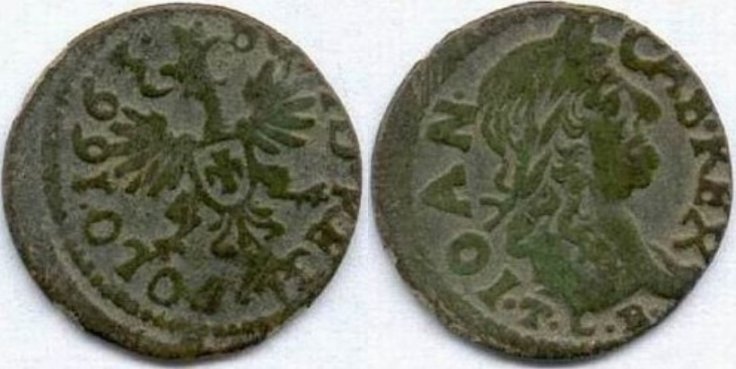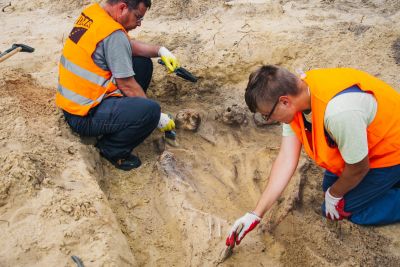In an upsetting discovery, over 100 remains of children were unearthed in the Jeżowe village of Poland on June 23. According to the archaeologists, the mass grave is of 16th-century origin as some of the remains had coins in their mouth that belonged to that period.
The discovery was entirely unexpected. During the construction of S19 two-lane motorway as a part of the Via Carpatia project, workers found the remains and informed the archaeologists of Gminne Centrum Kultury w Jeżowem. So far, 115 bodies have been unearthed from the sandy ground and about 80 percent of them were of children.
The burial site is believed to have been separated from the main graveyard as the area has been forested with no grave markers. Only a small chapel indicates that a church could have been there years ago.
Another interesting point that archaeologists noticed was that there were no coffin handles, nails or buttons. According to Katarzyna Oleszek, the archaeologist who is working at the site, said that it indicated a poor community which buried the children.

Charon's Obol
However, the startling discovery was that some bodies had coins in their mouths. Placing coins in mouths of dead bodies is an ancient ritual that dates back to the pre-Christian era. The ritual, which is called Charon's obol or obols of the dead, was performed in ancient Greece and Rome. The obol was considered to be a payment or bribe for the Charon or the ferryman who carried the souls to the afterlife. It was believed that a river divided the worlds of the living and the dead.
"It's certainly a sign of their beliefs. The coins are called obols of the dead or Charon's obol. It is an old, pre-Christian tradition. But it's been cultivated for a long time, even as late as the nineteenth century, it was practised by Pope Pius IX," Oleszek told The First News.
The tradition of placing coins dates back to fifth century BC when Greece started performing it as soon as the country started using coins. It appeared throughout the Roman Empire into fifth century AD including in the Iberian Peninsula, Britain, Poland and in Anglo-Saxon graves. In 2001, archaeologists discovered some of the oldest coins from Mediterranean tombs. They found 77 such coins from 33 tombs.

While Charon's obol was a common ritual of that generation, the placement of the coins varied throughout Europe. In some tombs, coins were found placed on eyes while in some cases they were placed on the body and feet. The tradition, according to some archaeologists, dates back to even pre-coin era when any object was used as a Charon's fee.
16th Century Burial Site
In the case of Jeżowe burial site, the coins weren't that old. Some coins belonged to the kingdom of Sigismund III Vasa, who was the ruler of Poland from 1587 to 1632. They also found coins, also known as Boratynka, which belonged to the kingdom of John II Casimir between 1648 to 1668.
According to Oleszek, archaeologists always theorized about the burial site. The locals in that area speculated that there was a cemetery known as Church Mountains. The discovery confirmed the theory.






"We know from sources that during a visit of the bishops of Kraków here in Jeżowe 1604, there was already a large parish church, with a garden, a rectory, a school and a cemetery. It probably existed already since 1590," she said.
Catholic Church Cemetery
As per the arrangement of skeletons, archaeologists believe that the grave is of a Catholic church. The bodies were found in an east-west axis with their heads to the west and hands at their sides – consistent with Catholic beliefs. In one of the graves, they found four bodies of children, laying in close formation but not on the top of each other resting in the same direction. The fourth body was much younger than the three others.
"The arrangement of the skeletons, the state of their preservation, shows that the discovery is a Catholic church cemetery, which was certainly taken care of. No grave is damaged by another. The inhabitants knew exactly where they had graves and took care of them," said Oleszek.
All the bodies will be unearthed and studied by anthropologists. Once their research is done, the bodies will be given to the parish church for burial in a local cemetery.









